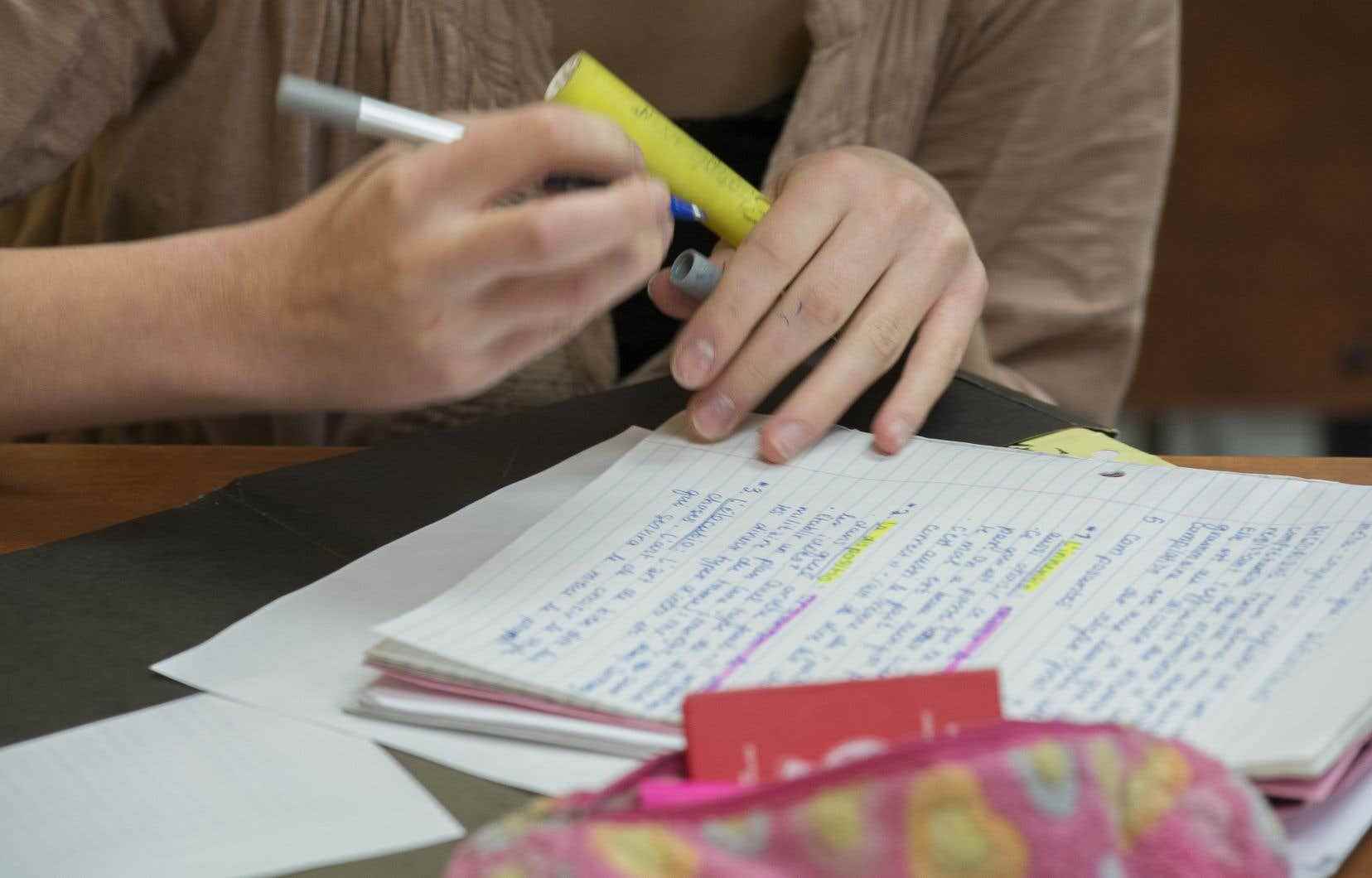The private schools which offer the secondary course in four years or in six years have not invented anything. These programs enjoyed some popularity in the 1980s before being shelved due to lack of student interest. Public schools that try to set up these atypical courses, however, come up against the force of inertia of the bureaucratic machine.
A secondary course in four years (rather than the normal five years) was offered in the early 1980s at the Jean-Baptiste-Meilleur school in Repentigny. The last three years of secondary school were compressed into two years. The students received an enriched education in mathematics and science.
This improved program, put in place to counter the exodus to private schools, was giving fantastic results: “The students did very well in high school and even in CEGEP, even if they arrived a year younger at the college level”, remembers Marc St-Pierre, who taught at the time at this public school in the suburbs of Montreal.
The program did not last long, because young people were not rushing to attend this demanding profile. “Students said to themselves: ‘Why kill me at work for two years, when I could take three years to finish high school?’ »
Six-year “specific pathways” in high school were also common at the same time. They were set aside because they did not seem to lead more young people to a diploma, recalls Marc St-Pierre.
Students in these programs were often stigmatized. Young people in the regular sector treated them as “not good,” explains this former deputy director general of a school board. He was also responsible for educational services at the Federation of Private Educational Institutions at the turn of the 2000s.
Marc St-Pierre is not surprised to see private schools set up secondary programs over six years rather than five: “Parents pay for six years. It can no doubt help students who need time to learn, but let’s not kid ourselves, for private schools, it’s still a business opportunity in the business students in difficulty. »
A bureaucratic wall
The implementation of this model in the public network, however, comes up against obstacles: several schools are overflowing, and the fact of keeping students in class for one more year would aggravate the shortage of staff and premises, underlines Marc St-Pierre.
Public schools seeking to offer four-year or six-year secondary courses have hit a wall. The Ministry of Education is in agreement with this type of project, but the school service centers are reluctant to take this path which comes out of the mold, indicate our sources. In particular, the staff must want to embark on this model, which can upset the ways of doing things framed in the collective agreements.
“We know that students with disabilities [ou ayant des difficultés d’adaptation ou d’apprentissage] are able to learn if given more time, but our service center has refused to explore this possibility offered to us by the ministry,” said a source who requested anonymity for fear of reprisals.
“The Education Act is clear: these students can be educated until the age of 21. Why don’t we take the opportunity to offer them a course that respects their pace? They are forced to run as fast as the other students, but they are not able to follow, ”adds this person who has a long experience in the school network.
The advantage of a course planned over six years rather than five is that it avoids the trauma of doubling a school year, explains this source. Often, the school will find that a student has great difficulty after failing the ministry exam in Secondary II. This student will double his second secondary. Doubly stigmatizing: the young person feels incompetent and they will be made to review the same subject, at the same unsustainable pace as the previous year.
